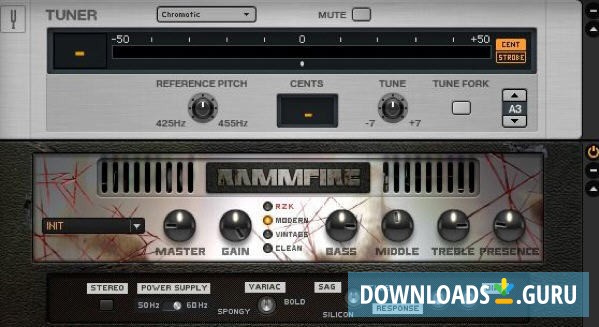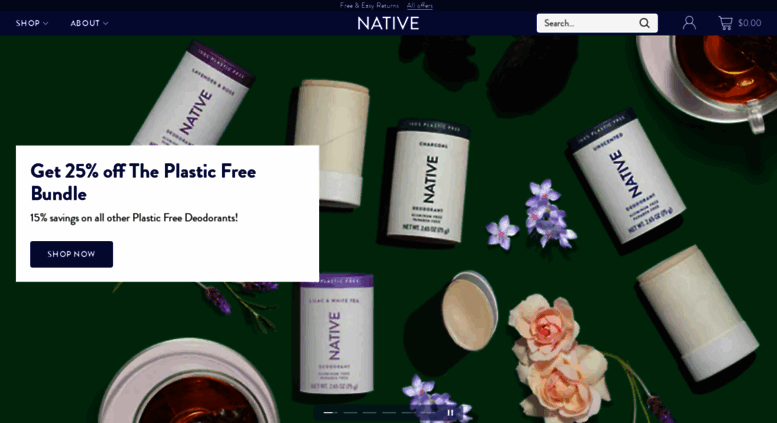
It offers an easy way to deploy scalable remote access virtual private network (VPN) architecture as its primary use case.Ĭustomers or service providers can utilize SFCN to replace rigid remote access infrastructure with a cloud-native one and strengthen their security posture while reducing complexity and improving efficiency. Offering granular control and massive throughput potential, SFCN enables security at the speed of business. Customers would like to consume modernized, DevOps-friendly security controls without compromising elasticity, resiliency, and scalability.Ĭisco Secure Firewall Cloud Native (SFCN) is a lightweight network firewall in a cloud-native form factor. Many react native libraries have not updated their Babel version yet so to force the version, add in your package.By Muffadal Quettawala, Partner Solutions Architect – AWSīy Anubhav Swami, Principal Solutions Architect – CiscoĪs application workloads modernize into containerized form factors, organizations are demanding the same from the security tooling used to protect those application workloads.
#Native access safe update
The good news is that a recent update has fixed this problem as long as you're using a new version of Babel. This is due to the fact that babel-loader computes a cacheIdentifier that does not take your. When using with babel-loader with caching enabled you will run into issues where environment changes won’t be picked up. This is because the environment variables will no longer be accessible once the React Native engine generates the app outputs.
#Native access safe code
env files and your environment variables and replaces the references to the environment variables in your code before it runs. See the wiki for more troubleshooting tips.If you are not familiar with how dotenv or Babel work, make sure to read the following reference materials: To choose, setup your scripts with NODE_ENV for each environment

In general, Release is production and Debug is development. The choice of environment is based on your Babel environment first and if that value is not set, your NPM environment, which should actually be the same, but this makes it more robust. The variables will automatically be pulled from the appropriate environment and development is the default. env and the environment-specific variables will overwrite them.

env.prod) and there is likely no way to change this. If you are wondering what environment the platforms choose it is likely. If you are publishing your apps on an auto-publishing platform like EAS (Expo Application Services), make sure to put your secrets on the platform dashboard directly.

You can also keep sensitive keys in a separate. that contains dummy values so other developers know what to configure. env file to code in case your git repo is exposed. Note: it is not recommended that you commit any sensitive information in. This means you may now import environment variables from multiple files, i.e.env. This package now supports environment specific variables. If you want to use development and production, you should not use APP_ENV (or envName), but rather the built-in NODE_ENV=development or NODE_ENV=production. This is a Babel and Node thing that I have little control over unfortunately and is consistent with many other platforms that have an override option, like Gatsby.

Note: if you're using APP_ENV (or envName), you should avoid using development nor production as values, and you should avoid having a. "start:staging": "MY_ENV=staging npx react-native start ",


 0 kommentar(er)
0 kommentar(er)
